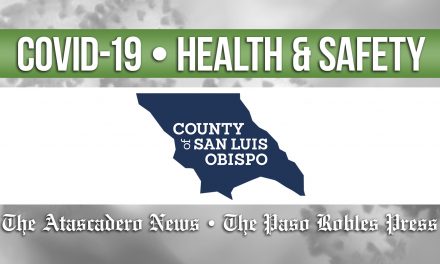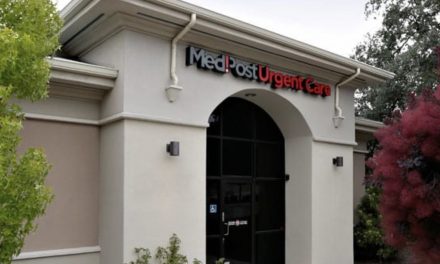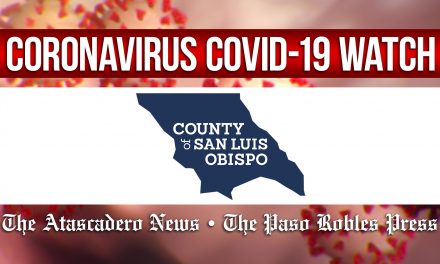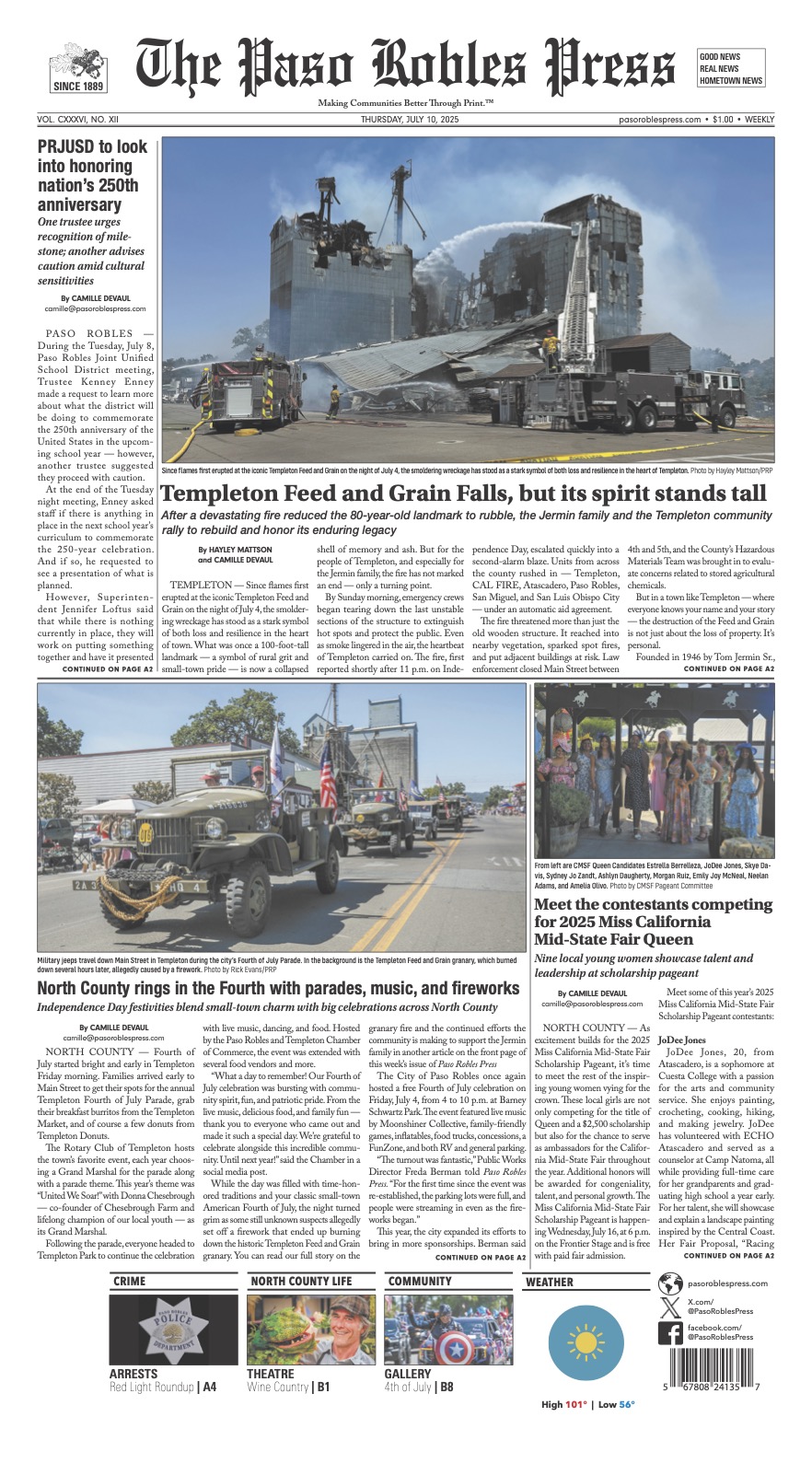SAN LUIS OBISPO — This story is part of a series highlighting the impact that COVID-19 has had on SLO County community members.
As COVID-19 cases increase in San Luis Obispo County, more people may contract the virus and some could get seriously ill. To help shed light on the different ways COVID-19 is affecting people in SLO County, the County Public Health Department is asking for anyone who contracted the virus to consider sharing their story.
SLO County’s second story in the series comes from John Porter, a San Luis Obispo resident who tested positive for COVID-19 in March of 2020. This is his story:
“Each morning they would ask, ‘Do you know your name? Do you know where you are?’ They would also ask me the date and I would say, ‘Who cares what date it is? I’m on vacation.’
The first thing I remember in the ICU is when I suspect I was in the waking-up process. I was having some pretty vivid dreams and in those dreams, they had transported me down to Santa Ynez, to a hospital down there. Now I realize there is no hospital in Santa Ynez and I knew that. But that is where I believed I was. And when I think about the room that I was envisioning at the time, it was actually a hotel I had stayed at in Spain once upon a time.
Little did I know I had been on a ventilator for 12 days.
Before that, I remember getting sick. It started out as a scratchy throat, coughing a little bit. But over the next five days it developed into what felt like the worst flu I had ever had. I finally got a chance to get into the doctor and get a test. They called me up the next day and confirmed that, yes, it was COVID.
I suspect I probably got it on a trip. I was 65 when I caught it, back in March, and was a pilot, flying business jets for a living. I had flown twice in March, once to Washington, D.C., once to Arizona. I suspect I caught it then, though I don’t know for sure. It could have been at the grocery store, for all I know.
Several days after I had been sick, my wife noticed my color had changed. I was still responsive, I was OK, but I felt really bad. So she called Public Health. I remember it was like five minutes until 5 p.m. and they said, ‘We’re sending over non-emergency transport. Which hospital do you want to go?’
The next three days or so I was OK. The hospital staff even talked to my wife about sending me home because I was doing so well. The next call she got was about 7 a.m. the next morning, on Apr. 1 — April Fool’s Day. They told her I had crashed over night and they had put me on a ventilator. Then they asked, ‘If he codes, do you want us to resuscitate him?’ Now imagine your loved one getting that phone call.
That started those 12 lost days. Of course, I believed I was on vacation, so it was harder on my wife and my family than it was on me. They were the ones who had to wait and watch, and worry.
When I finally came to, I had been immobile for 16-17 days. I physically just couldn’t move. I could move my arms some, wiggle my toes – but had no strength at all. The blankets on me felt like they weighed a ton. It took a while to get everything working again. They helped me stand up the first day. The next day I could take a step or two. Then finally with the walker, I could get to the front door of the unit.
While I was there, I could hear constant coughing coming from neighboring rooms, and gurneys coming and going all day long. By then, several other residents were starting to get ill and an outbreak at CMC had begun. The staff was very busy.
But I have to give so much credit to the hospital staff who were caring for me. I was one of the first patients they had. They told me later that they had read early positive reports of turning patients over into the prone position, out of Germany. So they were trying that at the time, they were really just trying anything they could. And I think that their early action saved my life.
The thing I’d like people to know about this virus is that it‘s real. The argument I’ve heard recently is, ‘Well, you know, I might get hit by a bus tomorrow.’ And well, you might be. I don’t know. But you mitigate the risk. You know, before you jaywalk across the street, you look both ways, right? And this, I think, is the same thing. Wearing a mask is not a big deal. And trust me, you don’t want to get it.”















